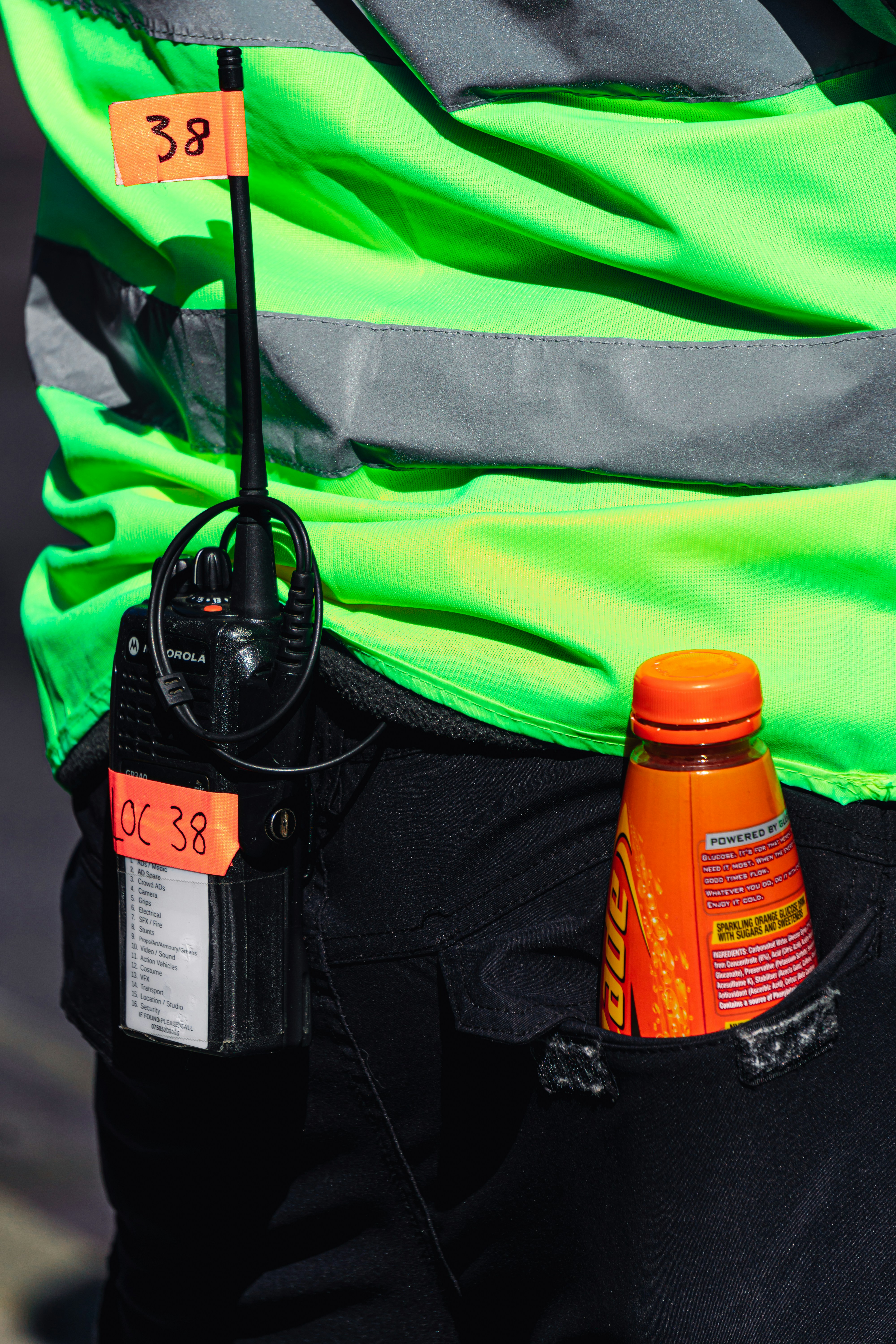Introduction
As hurricane season looms, effective emergency communication becomes a lifeline for communities in hurricane-prone regions. Ensuring clear and concise communication can dramatically improve safety and coordination before, during, and after a hurricane. This article explores proven strategies and technologies to enhance emergency communication during hurricanes, ensuring that individuals and organizations are well-prepared when disaster strikes.
The Importance of Communication in Hurricane Preparedness
Communication is a critical component in hurricane preparedness. Timely information regarding evacuation orders, storm updates, and safety instructions can save lives. The National Hurricane Center (NHC) and local meteorological services play pivotal roles in disseminating vital weather information. However, it’s not just about receiving information; it’s about establishing a reliable two-way communication channel that includes emergency responders, government agencies, and the general public.
Developing an Emergency Communication Plan
An effective communication plan should incorporate multiple channels to ensure messages reach the widest audience possible. Here are essential elements of a robust plan:
1. Utilize Multiple Platforms
Leveraging various communication platforms, such as radio, television, social media, and emergency alert systems, ensures redundancy. Mobile applications specifically designed for emergencies, like FEMA’s mobile app, provide reliable information. Internal organization platforms, like HelpNow’s emergency equipment safety resources, can enhance preparedness through targeted training.
2. Establish a Communication Chain
Creating a predefined communication chain involving key stakeholders ensures that messages are relayed promptly and accurately. This includes local government officials, emergency services, community leaders, and citizens.
3. Prioritize Clear and Concise Messaging
During emergencies, clarity is paramount. Messages should be straightforward, avoiding technical jargon, and should provide specific actions for recipients to take. Using visual aids, like infographics, can enhance understanding.
Embracing Technology for Improved Communication
Technological advancements have significantly enhanced emergency communication capabilities:
1. Social Media as a Real-Time Communication Tool
Social media platforms provide real-time updates and facilitate engagement with a broad audience. Authorities can rapidly disseminate warnings and updates, while the public can share information, ask questions, and provide feedback.
2. The Role of SMS and Text Alerts
SMS alerts remain an effective method for reaching individuals without internet access. Organizations and government agencies can send targeted messages to affected areas, ensuring critical information reaches those in need.
3. Implementing Advanced Alert Systems
Advanced alert systems, such as Wireless Emergency Alerts (WEA), can send geographically targeted notifications to mobile devices. These systems ensure alerts are delivered quickly and accurately, even during network congestion.
Community Engagement and Education
Building a culture of preparedness within communities is essential:
1. Conducting Hurricane Drills
Regular hurricane drills enable communities to practice response protocols, testing communication systems and improving coordination. Organizations like HelpNow offer core safety training courses that integrate communication strategies into practical exercises.
2. Public Awareness Campaigns
Educating the public about the importance of emergency communication and how to access reliable information can enhance community resilience. Campaigns should focus on encouraging individuals to familiarize themselves with local resources and communication tools.
3. Engaging Vulnerable Populations
Special efforts must be made to reach vulnerable groups, such as the elderly, non-English speakers, and individuals with disabilities. Tailored communication methods, like translated materials and accessible formats, ensure inclusivity.
Conclusion
Effective emergency communication during hurricanes is a vital component of disaster preparedness and response. By developing comprehensive communication plans, embracing technology, and fostering community engagement, we can significantly enhance safety and resilience in the face of extreme weather events. Organizations and individuals alike must prioritize communication strategies, ensuring that everyone is informed and equipped to navigate the challenges of hurricane season. For more information on emergency preparedness and training resources, visit the HelpNow blog.

